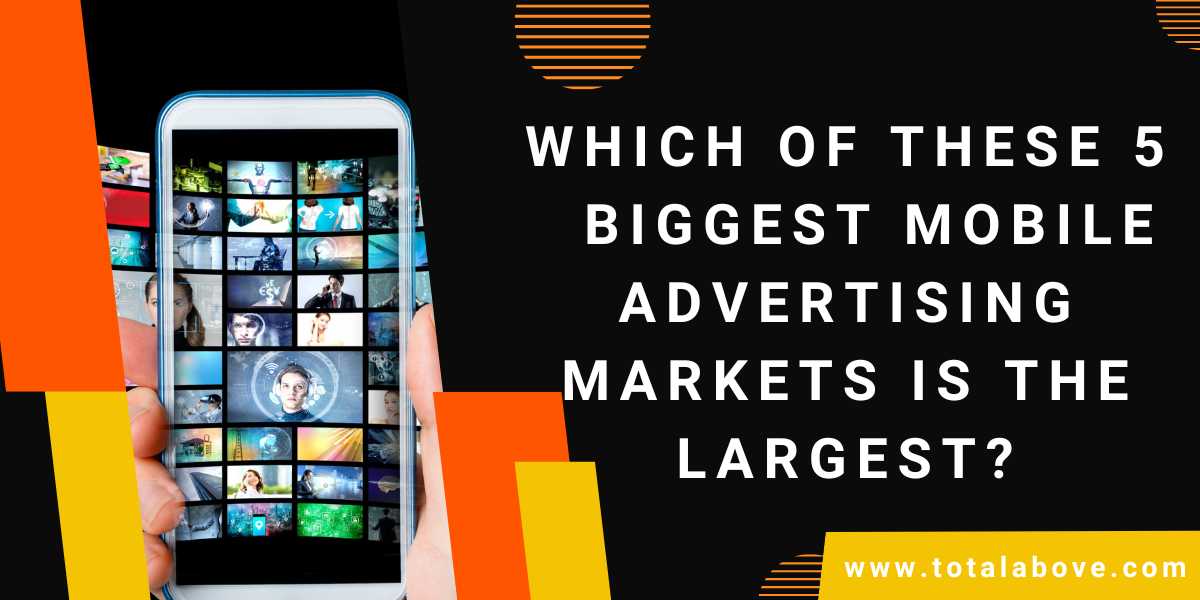How Advertising Create Markets

Advertising has always been an important part of marketing. It not only brings awareness to a product or service, but it can also help create demand for it. Advertising has played a major role in the development of markets, and it will continue to do so in the future. In this article, we will explore how advertising created markets and the implications that have on the industry as a whole.
Topic: How Virtual Reality Could Impact Manufacturing Intro: The industrial revolution was a time when manufacturing became central to our economy. Machines replaced human labor, and factories became the bread and butter of our economy. However, things are changing again. Virtual reality is starting to impact manufacturing in a major way.
VR allows us to experience products and services in a way that’s never been possible before. This could have a huge impact on the way we shop, work, and even learn. In this article, we’ll explore how virtual reality might impact manufacturing in the future and what you need to know about it if you want to stay ahead of the curve.
The Evolution of Advertising
The use of advertising as a way to sell goods and services is something that dates back to ancient times. It’s often thought of as the creation of markets, but it’s really more accurate to say that advertising created markets. Until the advent of mass media, it was very difficult for merchants to communicate with potential customers. They had to rely on word-of-mouth recommendations and personal interactions in order to sell their products.
The first recorded instance of advertising was in China over 2,000 years ago. At that time, merchants were using signs and posters to advertise their goods. It wasn’t until the 1800s that advertising began to take off in Europe and North America. The main reason for this was the invention of the printing press. Prior to this, ad campaigns were pretty limited in scope and couldn’t be easily distributed.
One of the earliest famous ad campaigns was run by Pirelli tires in 1924. The campaign featured young women who would sit on street corners and hand out free samples of Pirelli tires. This tactic proved to be extremely successful and helped drive sales growth for the company throughout the 1920s and 1930s.
Another early example of successful advertising was Coca Cola’s “I’d Like To Buy The World A Coke” campaign from 1939. This campaign featured a song by Ray Charles and became an iconic symbol of American pop culture.
The Role of Advertising in Society
Advertising has been an essential part of society since its inception. The role of advertising in society has evolved over the years, but at its core it is still a way to get people to buy products they may not otherwise consider.
Early forms of advertising relied on word-of-mouth marketing, where people would tell their friends and family about the product and how great it was. This method was effective because it allowed people to try the product before they bought it, which increased the likelihood that they would buy it.
With technological advances came new methods of advertising. One example is radio advertising, which became popular in the 1920s. Radios allowed businesses to reach a large audience very quickly and for a relatively low cost.
Television Advertising also became widespread in the 1950s and 1960s. Televisions were larger and more affordable than ever before, which made them a perfect tool for advertisers. Television commercials were often 30 seconds long, which meant that they could be repeated many times per day.
Internet Advertising also began to become popular in the late 1990s and early 2000s. Because internet ads can be targeted specifically towards users, they have become an increasingly important form of advertising.

The Impact of Advertising on the Consumer
The impact of advertising on the consumer has been a contentious topic for many years. Proponents of advertising often argue that it is essential to the functioning of markets, and detractors contend that it is manipulative and harmful.
Advertising first appeared in ancient Greece as a way to promote trade. Over time, it has evolved into an important tool used by businesses to connect with consumers. In marketing terms, advertising is what creates demand for a product or service by communicating information about it. This can be done through print, radio, television, the Internet or other forms of media.
Most advertisers use two main techniques to create demand:
- 1) promotion (exposure to the advertisement); and
- 2) persuasion (the belief that using the advertised product will improve an individual’s life).
Promotion can take many forms, such as print ads, radio ads, television commercials and online banner ads. Persuasion usually takes the form of direct-to-consumer selling (DTC), which is when a company sells directly to customers rather than through middlemen such as retailers or wholesalers.
Some people argue that advertising is ineffective because it does not always result in increased demand for products or services. Others contend that advertising has a negative impact on people’s health because it can be addictive and cause viewers to become desensitized to violence and other offensive content.
The Relationship between Advertising and Consumer Behavior
Advertising has always been a powerful tool to reach and engage consumers. However, the way that advertising works has changed dramatically over the years, with today’s advertising relying heavily on digital platforms. In fact, according to a study by media agency Mindshare, almost two-thirds (64%) of all global ad spending will be spent on digital platforms in 2020. This shift has had a significant impact on how consumers interact with advertising.
One of the main ways that digital platforms affect consumer behavior is through the engagement cycle. The engagement cycle is the four-step process that begins with consideration and ends with commitment or purchase. In between these steps are different forms of engagement, such as exploration and trial. Digital platforms allow for more intense forms of engagement than traditional media channels because they allow users to stay connected longer and explore more content at once.
This kind of intense engagement can have a serious effect on consumer behavior because it leads to feelings of familiarity and trustworthiness. When users feel familiar with a brand or product, they are more likely to consider buying it.
And when users feel trusted by a brand or product, they are more likely to commit to buying it. Digital platforms have played an important role in building trust between brands and consumers by creating a sense of familiarity and connection between them.
If You Need To Get More Information Then Click The Below Link.
Gramhir offers a comprehensive and user-friendly platform for managing your Instagram presence. With its advanced features for analytics, scheduling, and growth tracking, it empowers businesses and influencers to maximize their performance on the platform. By utilizing Gramhir, you can ensure that your Instagram strategy is well-informed, organized, and optimized for success.



